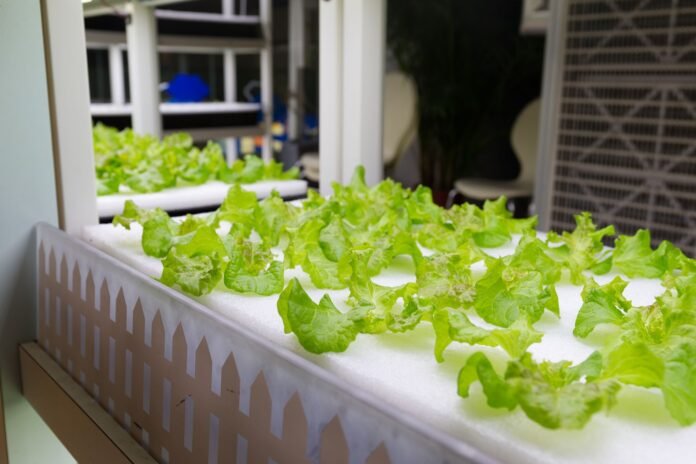Not all that long ago, gardening was a way of life. Many people didn’t have fast, simple access to grocery stores. Some who did couldn’t afford to purchase their foods from outside sources. Either way, people often had little choice but to grow their own fruits and vegetables.
Though industrialization gave rise to more readily accessible supermarkets and convenience foods while generating higher incomes to make all that more affordable, quite a few people are now returning to the old ways. Well over half of Americans now take part in gardening. Some grow flowers whereas others concentrate on vegetables. For certain people, it’s a therapeutic hobby. Others simply prefer to control the synthetic fertilizers, pesticides, and other substances that go on their foods and into their bodies.
Gardening in the Modern Era
Gardening traditionally takes place outdoors. These days, though, not everyone has enough space to be able to do things the conventional way. For some, gardening indoors is the only option. If that’s the case, grow equipment can foster the process. Those who are interested can learn more at primalgrowgear.com. One of the main factors to consider when growing plants indoors is lighting.

Exploring the Importance of Lighting for Indoor Plants
It’s no secret that plants need light to thrive. Light helps plants to carry out photosynthesis, the process that allows them to use nutrients, carbon dioxide, and other resources to make food. Outdoors, plants get their light from the sun. When they’re grown indoors, though, they need to get their light from artificial sources.
Different Types of Light
People don’t often give this much thought, but not all light is created equally. In nature, the summer sun provides a great deal of blue light that aids plants in growing bigger and stronger. It also fosters chlorophyll production among other essential benefits.
As the Earth gradually tilts away from the sun, that light transitions to the red and orange range of the color spectrum. Those types of light prompt plants to stop growing as much. They tell certain plants it’s time to start producing flowers, fruits, and vegetables as well.
With all that being the case, it’s important to give indoor plants the types of light they need at the proper times. That can vary from one plant to another. Those that don’t produce flowers or fruits may not need different types of light.
Finding the Right Grow Lights for Indoor Plants
Different grow lights produce different types of light. Some are designed to provide full-spectrum light while others only cover a portion of the color spectrum. Understanding which type of light a specific plant needs is the key to finding the right grow lights to fill the bill.
Other factors come into play here as well. Lights produce a certain amount of heat and intensity. Both elements can potentially be harmful to plants. As such, they may need to be situated farther away from the plants than dimmer, less intense lights. Keep these points in mind to help ensure indoor plants receive the best types of light to suit their needs.

